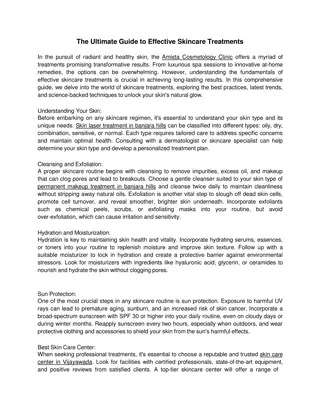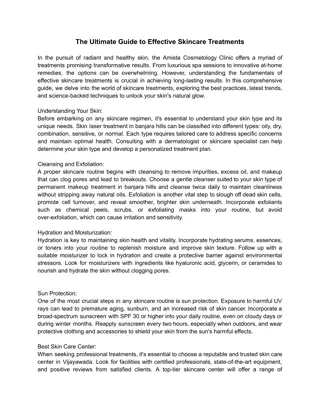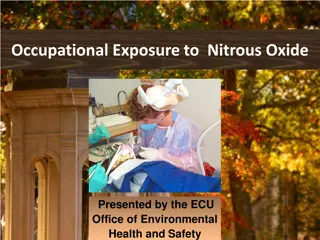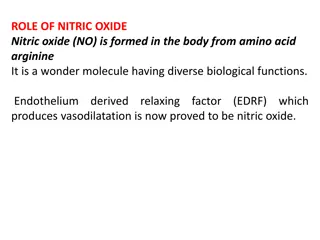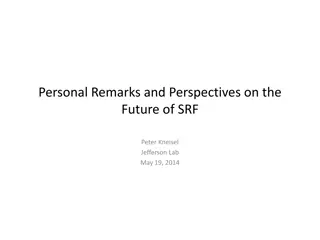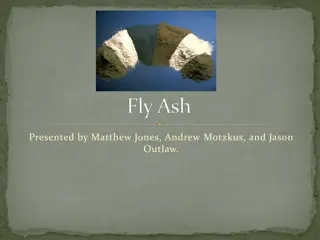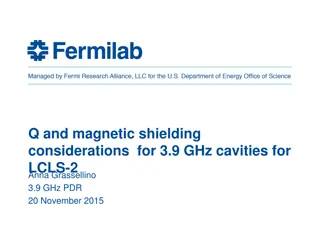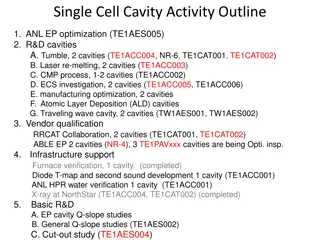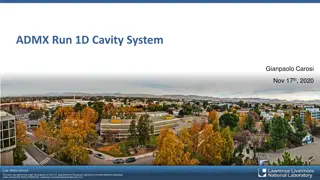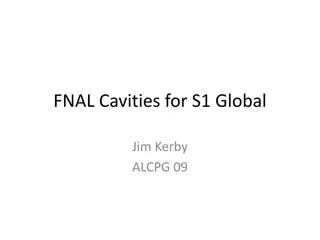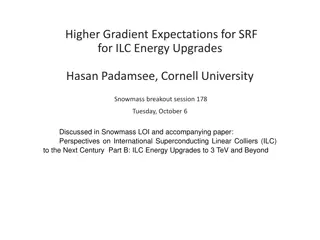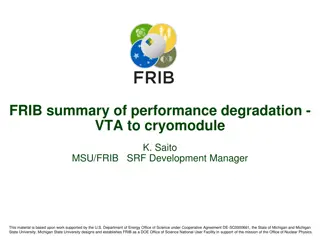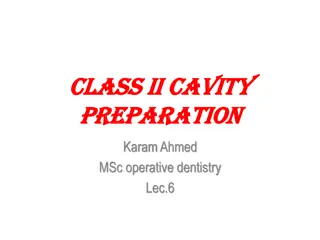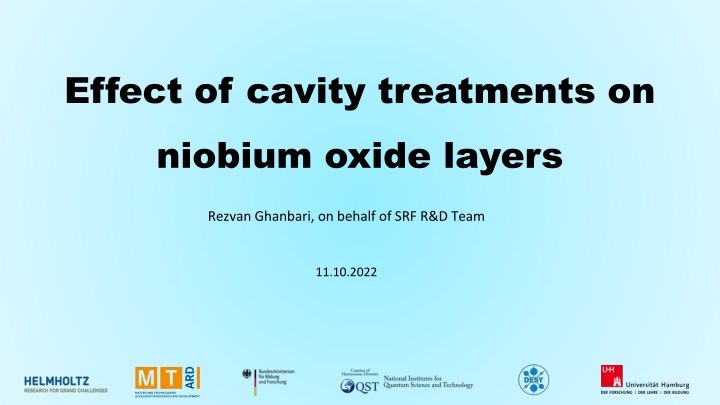
Effects of Niobium Oxide Layers on Cavity Performance
Explore the impact of oxide layers on cavity performance through surface analysis and treatments at research facilities. Discover findings on anti-Q slope, pentoxide layer thickness reduction, and surface magnetism in niobium oxide layers.
Download Presentation

Please find below an Image/Link to download the presentation.
The content on the website is provided AS IS for your information and personal use only. It may not be sold, licensed, or shared on other websites without obtaining consent from the author. If you encounter any issues during the download, it is possible that the publisher has removed the file from their server.
You are allowed to download the files provided on this website for personal or commercial use, subject to the condition that they are used lawfully. All files are the property of their respective owners.
The content on the website is provided AS IS for your information and personal use only. It may not be sold, licensed, or shared on other websites without obtaining consent from the author.
E N D
Presentation Transcript
Effect of cavity treatments on niobium oxide layers Rezvan Ghanbari, on behalf of SRF R&D Team 11.10.2022
What is the role of oxide layers on the performance of cavities? Surface analysis of several samples which is treated at DESY include first set of Mid-T treated samples which is done with cavities at Zanon Research & Innovation Srl L. Steder, et al., Medium Temperature treatments of superconductingradio frequency cavities at DESY, THPOGE 22 Nb oxides, nitrides, hydrides Mid-T studies should achieve: ??2?5 Mid-T ~5 nm ???2 ??? ?? + O,N,H,C Interstitials RBCS 6 n Anti-Q slope below 16MeV : dQ0/dEacc> 0 Rres 2 n ?0 N-doping ~200 nm N-Infusion which is defined by Mid-T studies at FNAL (In-situ) and IHEP and KEK (modified recipes in furnaces & with caps) [Posen, S., et al. Phys. Rev. Appl. 13.1 (2020): 014024.] Vacancies Grain boundaries 120C-baking [Ito, H., et al. Prog. Theor. Exp. Phys. 2015 (2021).] ????(??/?) [Zhou, Q., et al. Radiat. Detect. Technol. Methods 4.4 (2020): 507-512.] Rezvan Ghanbari TTC meeting 11.10.2022 2
Anti-Q-slope seen but improvement masked by increased Rres 1DE9 has lowest Rres Caps 300 C Sample Niob 2 Sample Niob 1 Cavity 1AC2 Cavity 1DE9 ????? ??????= ?.? ???? ????? ??????= ?.? ???? is very different (3 12 ? ) ???? 1AC2 has significant increase in Rres RBCS 6 n Sample Niob 3 Sample Niob 4 Cavity 1DE7 Cavity 1DE5 Anti-Q slope ????? ??????= ?.? ????? ??????= ?.? ???? ???? dRs/dEacc< 0 ~ Rres 2 n 120 C Rezvan Ghanbari TTC meeting 11.10.2022 3
Pentoxide layer thickness reduces due to Mid-T treatment X-Ray Photoelectron Spectroscopy Niob 2 Niob 4 Cavity 1DE9 Niob 5 Cavity 1DE5 Reference Pentoxide layer thicknesses: Niob 2 << Niob 4 Niob 5 NbxO layer thicknesses: NbxO Niob 2 > Niob 4 > Niob 5 NbO Nb2O5 Nb0 120 baking before Mid-T mitigates Etching depth pentoxide layer reduction 1DE9 performed better than 1DE5 less pentoxide means lower Rres ? Rezvan Ghanbari TTC meeting 11.10.2022 4
Oxide layer shows surface magnetism Niob 1 Cavity 1AC2 Kerr microscopy & MOKE magnetometry sensitive to magnetic fields within first 15nm Imaging Magnetic domains form in oxide layers Magneto-orbital Kerr effect 100?? Magnetic field: 201,73 mT Niob 1 Niob 6 Niob 7 Niob 8 Niob 9 Remanence Curves Different treatments, different Remanence magnetization Faraday Effect Magnetic Cyrcular Dichroism [Technische Universit t Chemnitz, Physik, OHL, vl_sc/VL10.pdf] Rezvan Ghanbari TTC meeting 11.10.2022 5
Oxide layer shows surface magnetism Niob 6: 120 baking (Reference) Niob 7 & 9: N-Infusion treatment -> Significant decrease of magnetization. Why? 1st assumption: A thin N-monolayer is formed as a substrate for pentoxide regrowth [Zhussupbekov, K., et al. SciRep 10 (2020): 3794] 2nd assumption: N-infusion reduce H-concentration near the surface -> weaker coupled magnetic impurities [Esquinazi, P., et al. IEEE Trans. Mag. 49.8 (2013): 4668-4674] Niob 1: Mid-T treatment (baked with cavity 1AC2 at 300 ) Higher remanence seen fits to increase in ???? of 1AC2 after anneal Niob 8: Accidental baking at 10-4 mbar and 800 Known from literature: pentoxide grows instead of dissolving 1 8 7 9 6 Rezvan Ghanbari TTC meeting 11.10.2022 6
Extensive high pressure rinsing (HPR) grows thicker Nb2O5 X-Ray Photoelectron Spectroscopy Course EP Niob 10 Niob 11 Niob 12 ???+ ?1? Baking, 800C, 3h Thickness of pentoxide layer: Fine EP ??3? Niob 10 < Niob 11 << Niob 12 Store under high pure ethanol depends on amount of HPR cycles Reference 0 time HPR Niob 10 Standard recipe 6 times HPR Niob 11 18 times HPR Niob 12 ??? Interstitial oxygen concentration Store under high pure ethanol 207.6 eV after Mid-T annealing could XPS measurements depend on amount of HPR cycles Store in air Mid-T treatments Pentoxide binding energy [Dangwal Pandey, Arti, et al. Journal of materials science 53.14 (2018): 10411-10422] SIMS measurement Rezvan Ghanbari TTC meeting 11.10.2022 7
Key insights Pentoxide layer thicknesses reduce with Mid-T treatment Magnetic domains observed in oxide layers The higher remanence magnetization correlates to higher and not optimal residual resistance Increase amount of high pressure rinsing cycles -> increase the thickness of pentoxide layer Rezvan Ghanbari TTC meeting 11.10.2022 8
Thank you for your attention ! Contacts at the workshop We would like to thank M. Aeschlimann (TUKL), C. Backes (TUKL), C. Bate, G. Deyu, A. Ermakov, M. Kohantorabi, N. Krupka, H. Noei, A. Dangwal Pandey, D. Reschke, N. Sch fer (TUDA), M. Stahl (TUKL), L. Steder, M. Wiencek, Rezvan Ghanbari rezvan.ghanbari@desy.de Marc Wenskat marc.wenskat@desy.de Rezvan Ghanbari TTC meeting 11.10.2022 9

